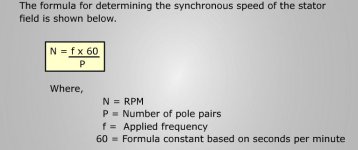TimothyMoulder
Member
We've got a pump motor that was delivered that is 220 VAC single phase. What went unnoticed is that the manufacturer has a different definition of single-phase from what we're used to.
The pump is wired L1-N-PE, with L1=220 VAC to Ground
We are used to L1-L2-PE, with L1 and L2 = 120VAC to Ground
What I'm trying to sort out is, if it's safe to connect N to L2 and run the pump with existing power.
Any thoughts?
Thanks,
TM
The pump is wired L1-N-PE, with L1=220 VAC to Ground
We are used to L1-L2-PE, with L1 and L2 = 120VAC to Ground
What I'm trying to sort out is, if it's safe to connect N to L2 and run the pump with existing power.
Any thoughts?
Thanks,
TM





